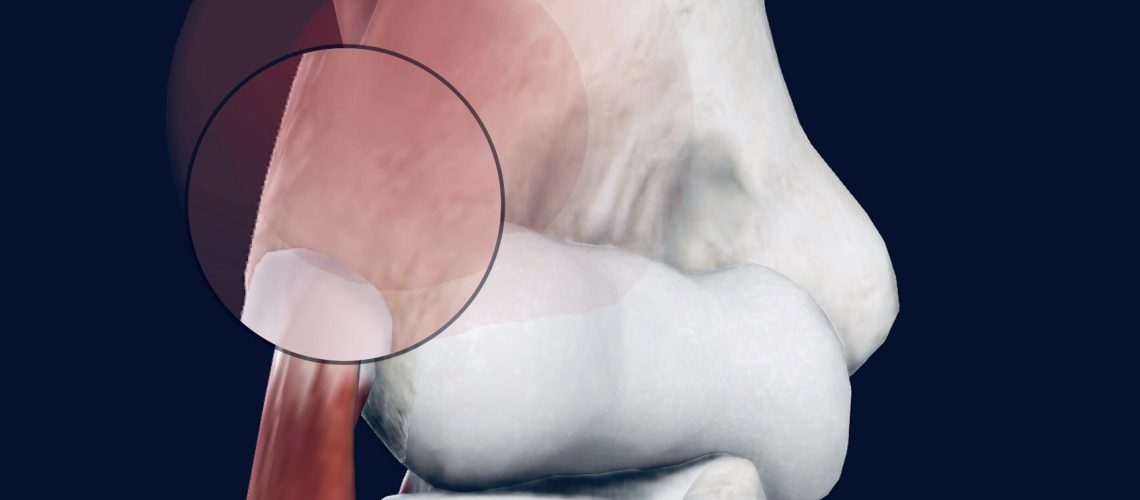Lateral epicondylitis, better known as tennis elbow, is an over-use injury of the tendons around the outside of your elbow. It tends to occur as a reaction to increased demand on the tendon beyond its capabilities. As a result, Those with tennis elbow will typically report pain and stiffness, which may reduce in the short term with brief gentle movement.
Contrary to what the name implies, you don’t have to play tennis to get tennis elbow. Day to day repetitive tasks such as carrying heavy bags or hammering can irritate this area. Activities such as opening jars, doors, and typing can become problematic.
First and foremost, you must reduce the activities that irritate your tendon. But if the stress continues to be placed on the tissues, the tendon will become more and more irritated. Find ways to modify day to day tasks such as opening a jar with the other hand using a cloth, and carrying your shopping on your forearm.
Not to mention, like other tendon problems, tennis elbow can be treated in much the same way. Recognizing the early warning signs can stop it from turning into a long-standing, chronic problem.
Osteo Health offers effective non-invasive treatment options for Lateral Epicondylitis. Certainly, the combination of the mentioned below modalities gives the most desired result.
Shockwave therapy can reduce the severity of pain and improve daily activity for patients with Tennis Elbow syndrome.
Clinical study: The Effects of Shock-Wave Therapy for Tennis Elbow
It is important to increase your movement with exercises in order to help build strength back into your tendon. So your clinician will guide you through the specific exercises which are often best done little and often throughout the day to avoid provoking your pain too much.
Clinical study: Exercise for Tennis Elbow
Low level laser therapy is in addition to exercise is effective in relieving pain, and in improving the grip strength and subjective rating of physical function of patients with lateral epicondylitis.
Clinical study: Effects of Low-Level Laser Therapy in the Management of Lateral Epicondylitis
Massage around the tendon can also help with circulatory flow.
Self-Massage around the tendon can also help with circulatory flow. Start gently, then increase the pressure as the tissues begin to warm up. Once the tissues are warmed, apply more pressure, rubbing across the tendon. An anti-inflammatory gel can be used in isolation, or as a combination with these massage techniques.
Ultrasound therapy and exercises are beneficial in the treatment of Tennis Elbow.
Clinical study: Exercise and Therapeutic Ultrasound Compared With Corticosteroid Injection for Chronic Lateral Epicondylitis
REFERENCES:
Pubmed, Physitrack.

